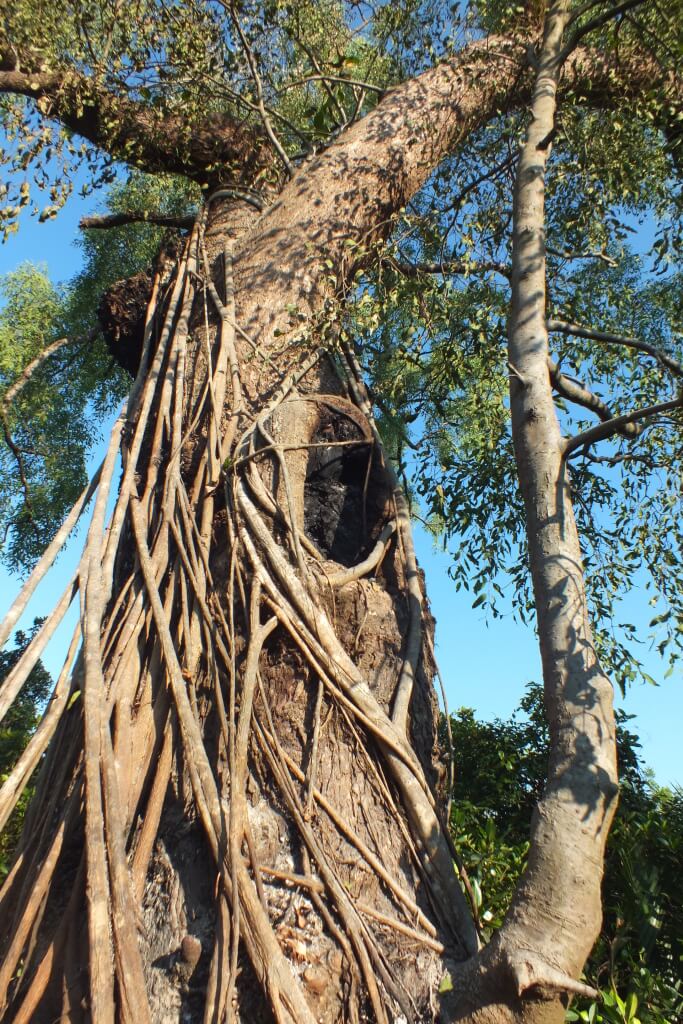Sites and Activities
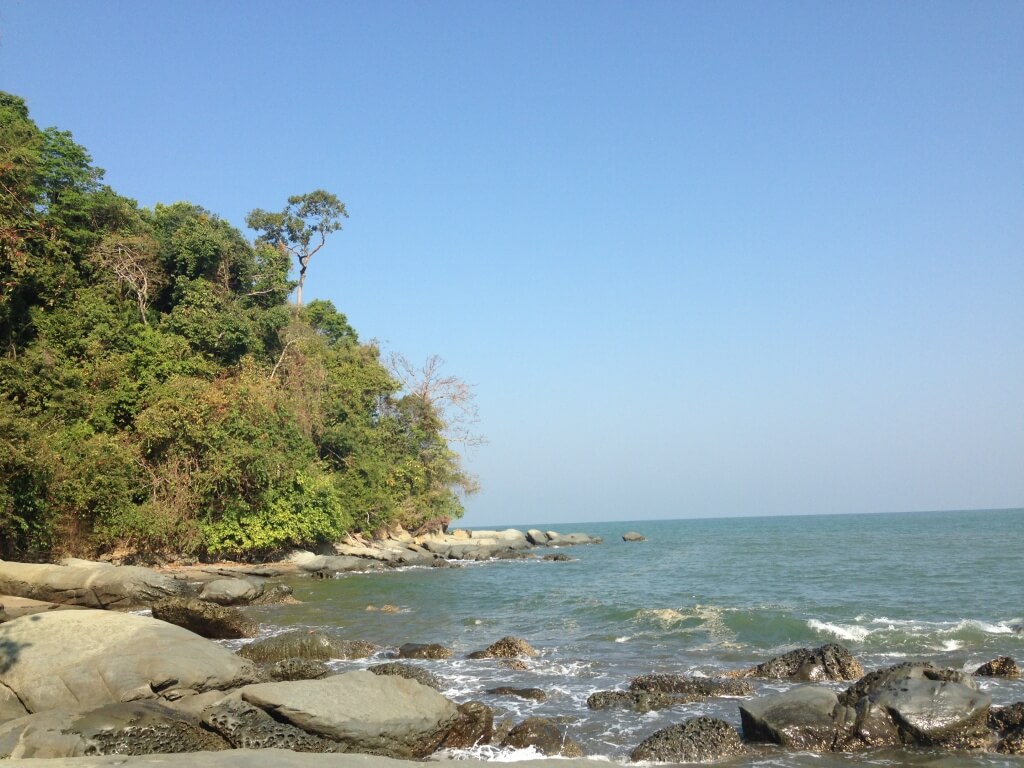
Ramar Beach
Home to sea grass habitat and the tragic legend of Captain Ramar, this beautiful sandstone beach is a lovely place to spend the afternoon picnicking where the locals do and enjoying the view of the Bay of Bengal.
From November to January, a school of up to fifty endangered Irrawaddy Dolphins may be spotted from the beach by the lucky observer. This area is also known for its Dugongs and Whale Sharks although sightings today are rare.
On the way to the beach, visitors may travel by boat through the mangrove and observe local fisherman at work.
We recommend pairing a lunch time picnic at Ramar Beach with morning bird watching in the mangrove.
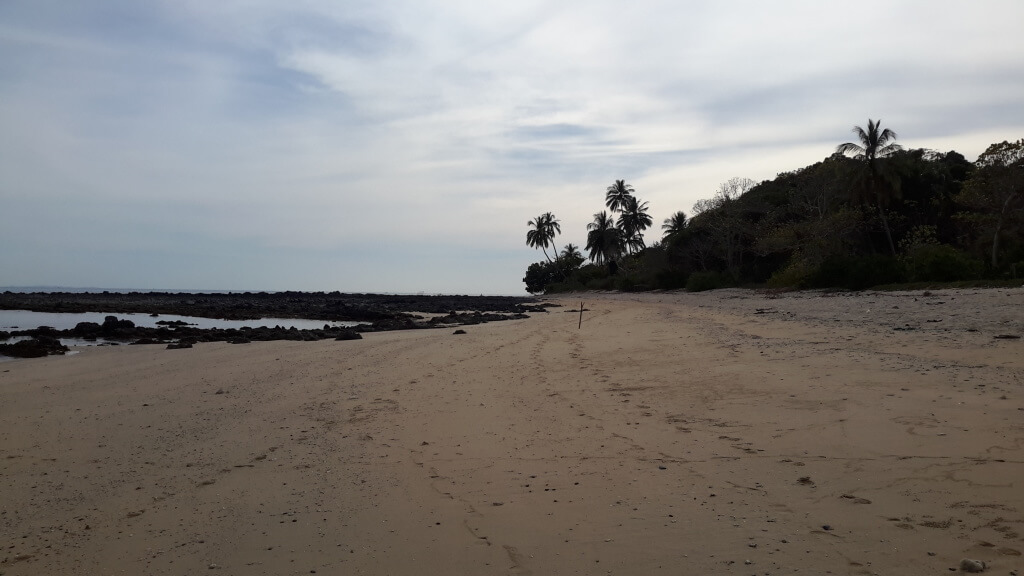
Kutole Beach
One of the most beautiful (and completely undeveloped) beaches along the Rakhine Coast, you have the choice of pristine white sand beach, rocky tidal pools spotted with bonsai mangrove trees, sandstone rock formations to scramble over, and a hilltop pagoda with beautiful views of the Bay. Visit at low tide after a delicious lunch with a local fishing family in pretty Kanpauk village. It’s possible to swim at this beach, but please be sensitive to locals and dress modestly.
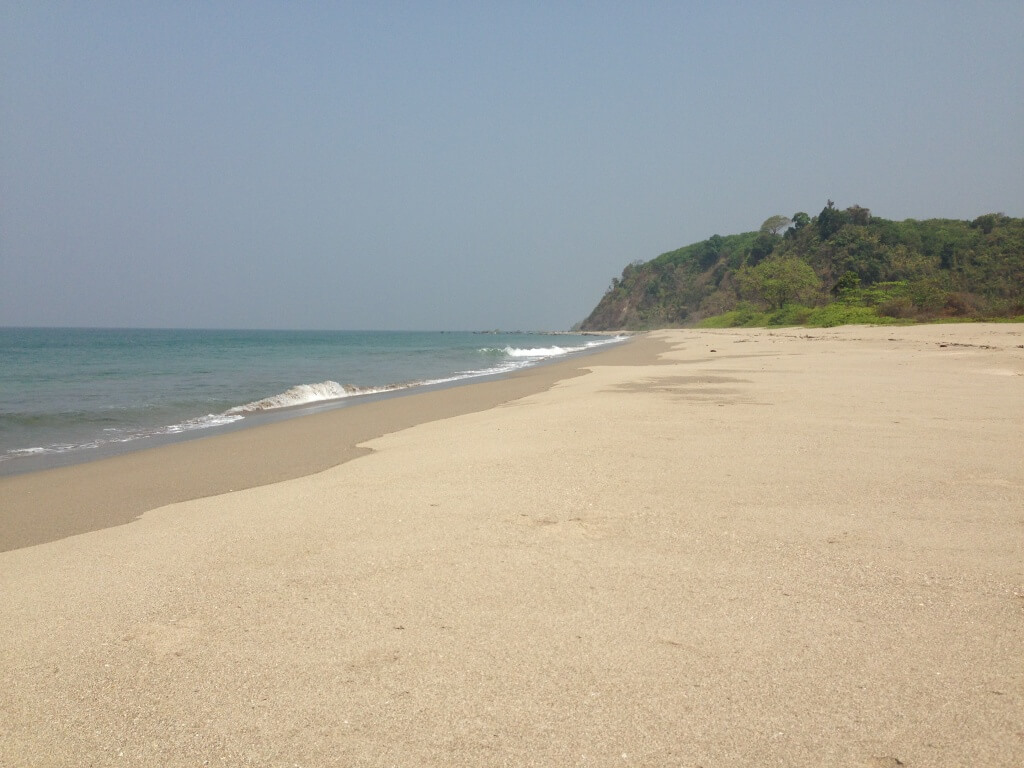
Palinmaw Beach
A gorgeous, long white sand beach with possible swimming near Palinmaw village.
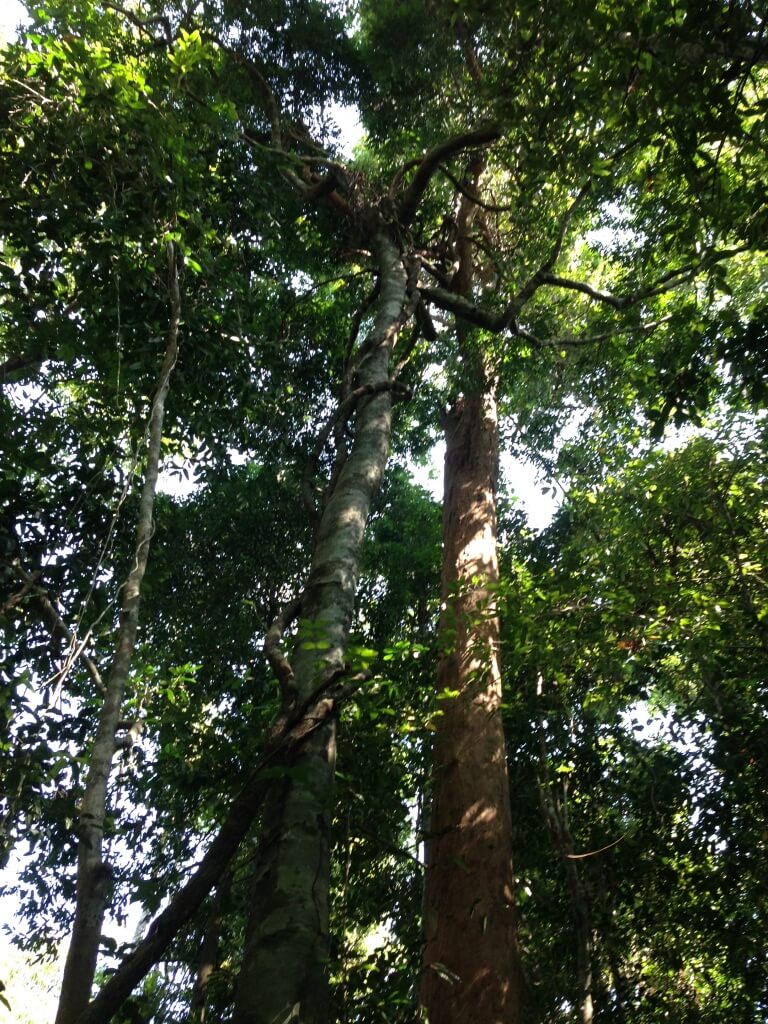
Hiking
Climb the 2000ft Bawin mountain, approximately (4 hours), difficulty level is moderate with some steep sections. Locals may do it in flip flops but we recommend hiking shoes. Along the way you’ll pass through different beautiful mountain habitats – bamboo forest, deciduous forest, old growth forest, as well as small homesteads where bananas and pineapples are grown. Your local guides will help you spot birds and other rare wildlife along the way. These mountains are home to pangolins, barking deer, wild pigs, and gibbons and many bird species.
Ecological Tours
- Kyauk Taw Yaung Conservation Garden: Visit the 50 acre forest conservation garden where the RCA got its start. Learn about the unique plants and animals of our region. Wildlife spotting is somewhat easier in the garden as many wild animals use it as a safe feeding ground. Bears, wildcats, barking deer, jackals, flying chamelons, and many bird species call the garden home. As well, injured or orphaned animals are often brought to the centre by local people for rehabilitation and eventual release back into the wild. Eventually, we plan on having accommodation available in the garden itself.
- Turtles: Sea turtles can live to over one-hundred, but before they can reach that sage age, they must contend with many threats from egg poachers to hunters to habitat disturbance. Only one sea turtle, out of one hundred laid eggs, will survive to maturity. The five species of sea turtles that exist in the Bay of Bengal nest all along the Rakhine Coast, but in greater concentration near the village of Kyauk Khoung Kwin, which provides them with a safe site of nine miles of largely undisturbed coastline, little fishing activity, and a supportive community dedicated to their survival. Visit Kyauk Khoung Kwin for a village lunch and learn more about their work to protect sea turtles.
- Mangroves: Mangrove forests shape many aspects of life of the South Rakhine Coast – without them, existence here would be dramatically different. Witnessing the degradation of this precious resource, the RCA has worked to protect the mangrove and the livelihoods supported by it by establishing 10,000 acres of community forest (CF) with 48 villages and counting. Glide silently through this beautiful and unique ecosystem by boat in early morning or late afternoon when animals are at their most active. Sharp-eyed local guides can take you to the best places for bird watching and seeing monkeys.
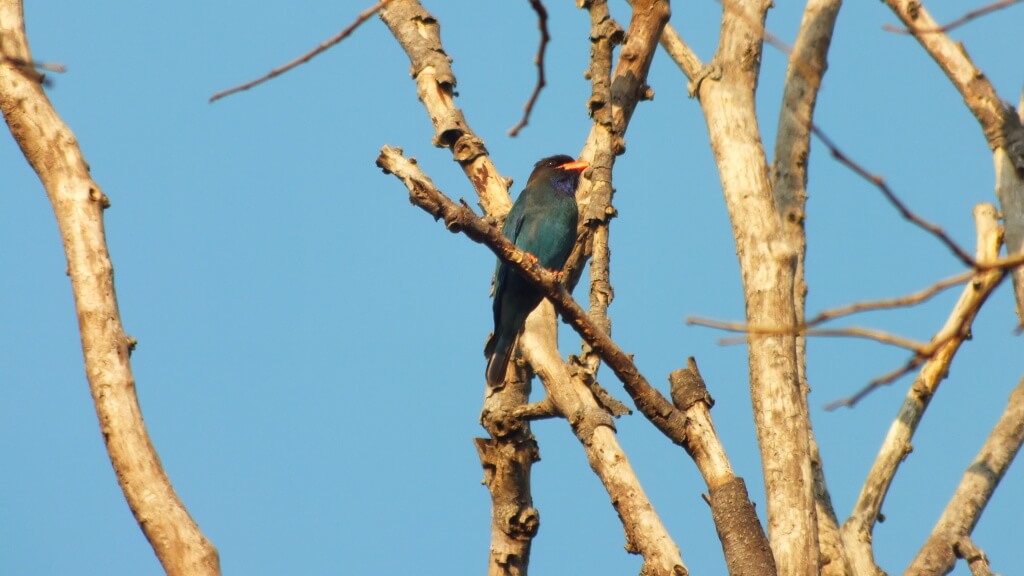
Bird Watching
Bird watching is best in the early morning or late afternoon, either in the 50 acre Kyauk Taw Yaung conservation garden, by boat through mangrove, on Bawin mountain. We have over 130 recorded species of birds in this area, including the rare Nicobar Pigeon and White Bellied Eagle. Due to the RCA’s conservation efforts we have also found and are now seeing increasing numbers of certain species that were thought not to exist in this part of Myanmar. We always welcome visiting researchers interested in studying the wildlife in our region.
